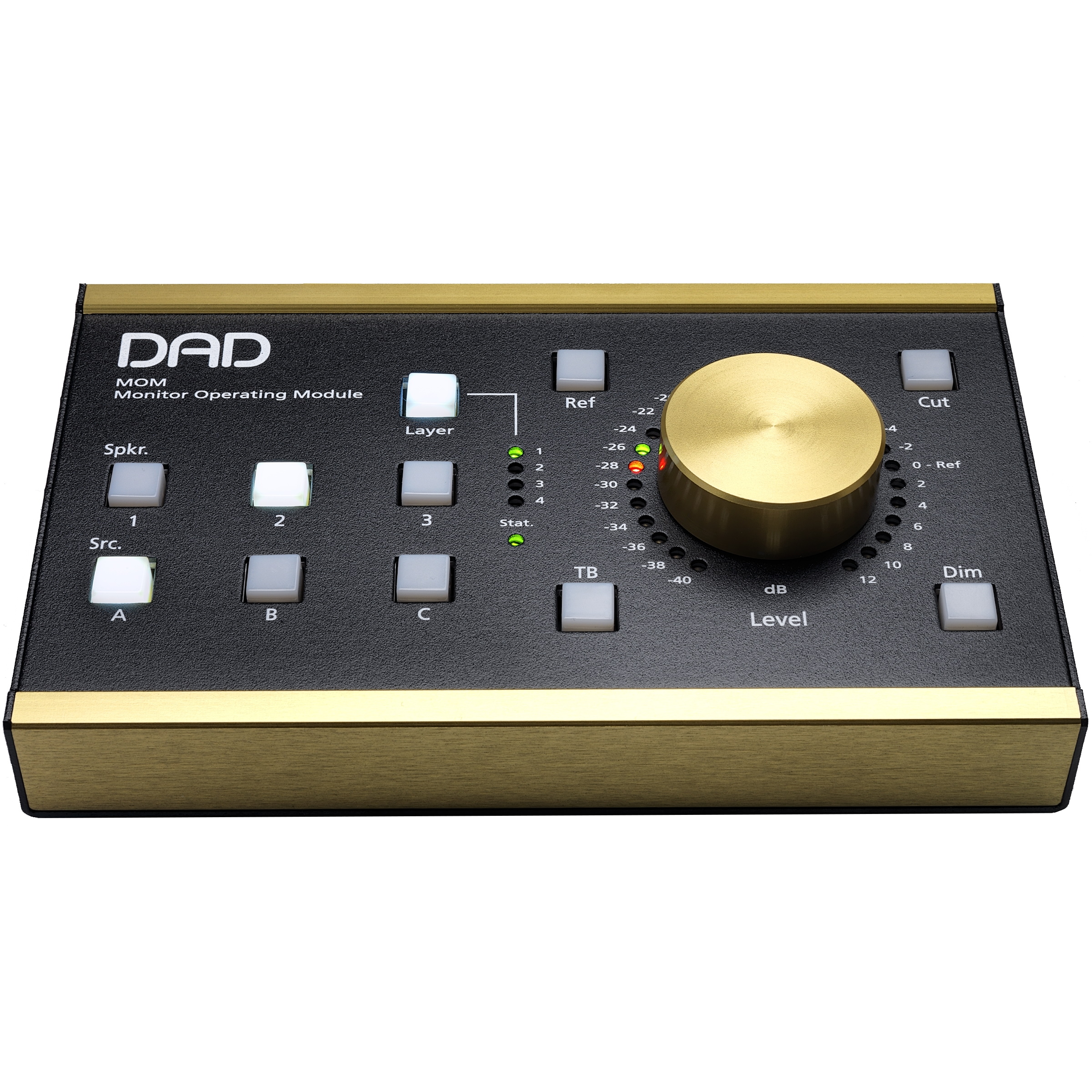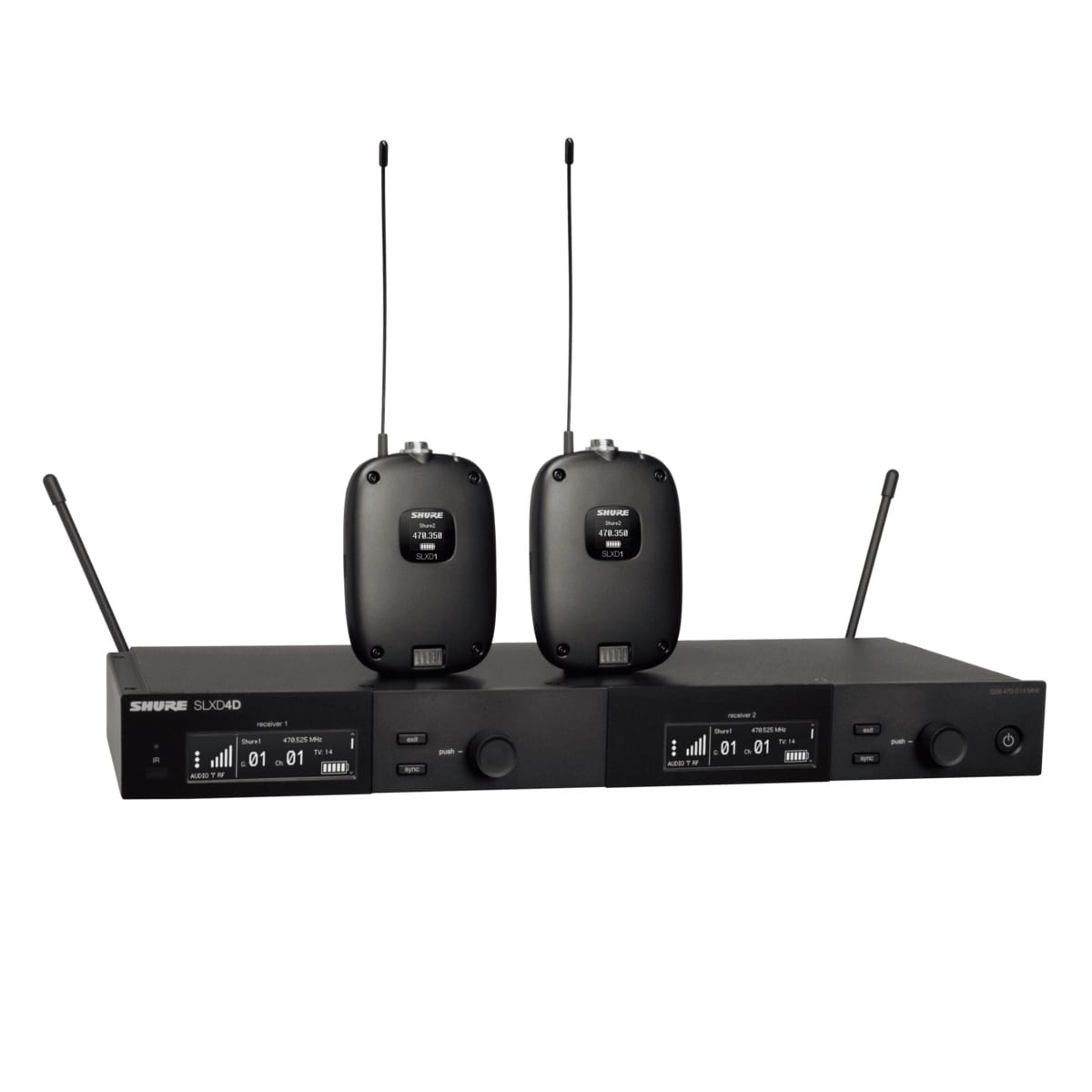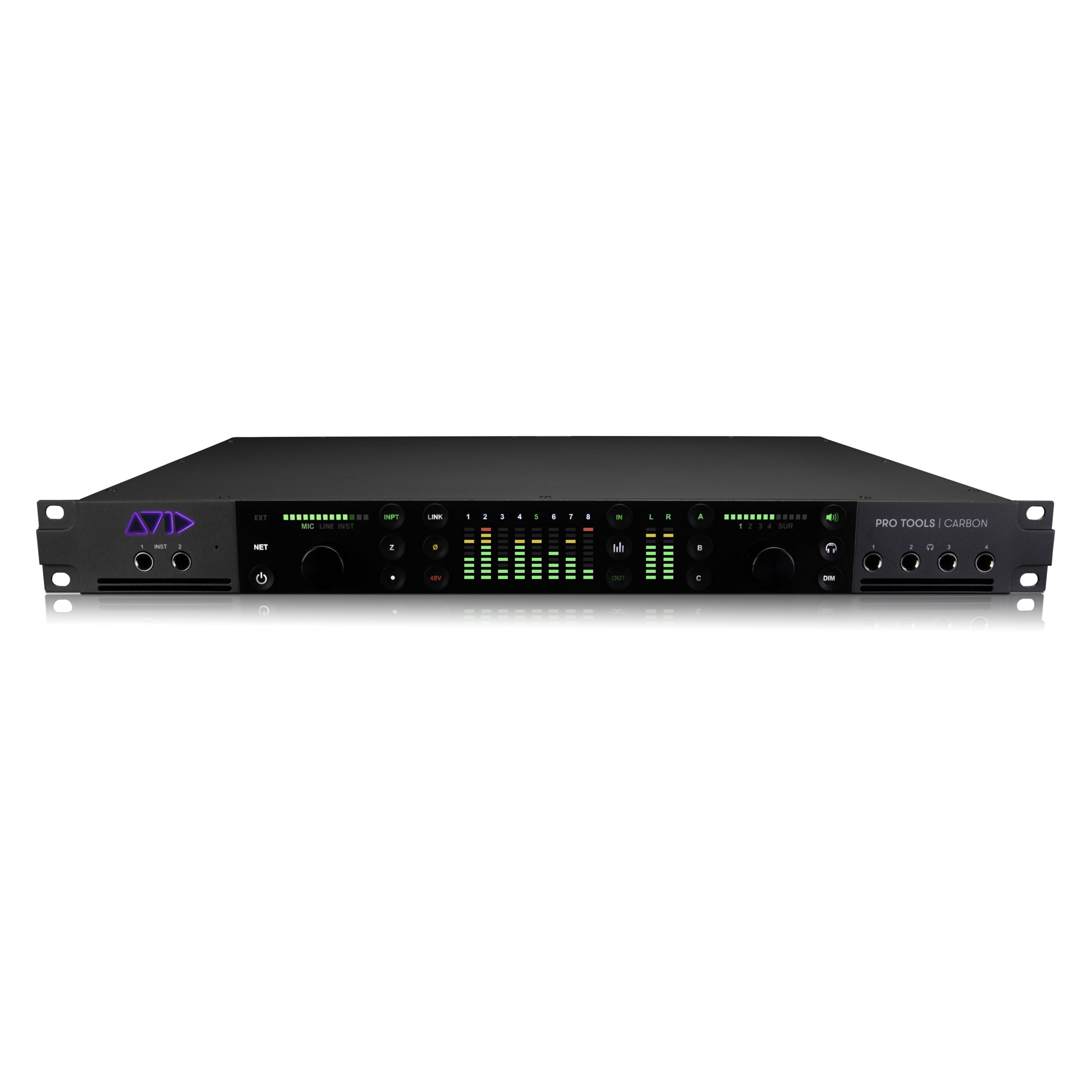Description
Linea Research System Engineer
Intuitively simple amplifier control and monitoring. An easy-to-use application developed by Linea Research in the UK for setting up, controlling, and monitoring a system of professional audio products in a uniform and consistent way across multiple networks.
System Engineer
- One-click finds devices across all your network
- No manual device addressing needed
- Continuous Discovery finds new devices
- Controls can be adjusted on the device too
- Powerful Grouping with overlays for EQ, Gain, and Delay
- Fast metering
- Panel positions retained between sessions
- Drag-able curves
- Copy/paste EQ curves between channels or devices
- EQ Palette
- Mute All (system mute)
- Temperature, protection, and status logging
- OEM Parameter locking/hiding features
- Integration with EASERA SysTune
| System Engineer System requirements |
| 32/64-bit Windows 7/8/10 |
| Mac OS X running Windows in VMWare or Parallels |
| >2GHz Processor with >4Gb RAM |
Key Features
System Engineer is a highly unified control and monitoring PC application for a multitude of professional audio device types. It is a solidly engineered platform developed by Linea Research for its own products. However, System Engineer is also a true SYSTEM controller, able to connect to any Obcom-compliant device of any type or from any manufacturer. Dozens of manufacturers’ products are supported by System Engineer. One-click and you are online to a whole network of devices. Double-click and you can control the device. Plug another device into the network and, thanks to Continuous Discovery, see it being automatically added to System Engineer.
Drag an EQ curve with your mouse to control the EQ in real-time. Adjust a control on the front panel of the device and watch the System Engineer panel change smoothly in sympathy. Drag devices to a Group and you have group control of any number of devices. You can even design a system in your hotel room by adding an offline control panel, editing the control parameters, and saving the resulting file. The file can then be loaded into a device when you get to the
venue.
Simple but Feature Rich
We have worked hard to make System Engineer as simple and intuitive as possible. This apparent simplicity belies a sophisticated, comprehensive workhorse built on a solid core technology designed by Linea Research. System Engineer will allow you to connect a number of devices and use it to set up, control, and monitor them. System Engineer may be used for programming factory settings or configuring installations as well as live control and monitoring of devices during a performance. System Engineer can control and monitor several networks consisting of many devices simultaneously via Ethernet (or BvNET or USB for some product types).
Modules and Presets and Components
System Engineer frees you of the constraint of one panel for one device; allowing you to view your system as a more logical collection of ‘Modules’, which pertain to speakers rather than rack boxes. Module Presets pertain to these modules and may, for example, be used to select a loudspeaker system from a library or to apply one of a number of venue tunings specialized for different types of events. It is simple to create or edit presets within System Engineer. Since we recognize that you may not want to connect the drivers of an enclosure to consecutive outputs on a device, the concept of Components allows you to select the settings for one Driver component from a preset and apply these settings to any one output you wish.
Snapshots take this concept one stage further by allowing you to recall a set of Presets to the Modules in the device.
Overlay Groups
Our unique approach to grouping is very intuitive and fast to set up. Just drag the modules you wish to control to a Group, and adjust them all from a common panel. In addition to the normal parameters used to set up and control a device, Module Groups allow you access to an additional twelve sets of parameters that overlay the standard ones. Each of these overlays remains separate without interacting with one another, but the result is a combination of all of these layers. Even EQ can be overlaid, allowing you thirteen patterns to contribute to the overall EQ for a given channel.
Curve Dragging
System Engineer implements smooth, fast, and 100% accurate drag-able EQ and other filter curves. You can adjust the parameters for these either by typing in numerically, spinning up/down controls or by grabbing the curve with your mouse and dragging it. You can copy/paste EQ settings between bands of the same device, or even copy/paste them between different devices, of different types, from different manufacturers! You can also copy the EQ curves to the windows clipboard ready for pasting into a document for publishing.
EQ Palette
You can paint your EQ coloration using System Engineer’s unique EQ Palette. You can add a new EQ to the Palette simply by dragging an EQ curve to it. To use an EQ from the palette, simply drag it from the palette to a Device or Module EQ.
SysTune Integration
Our collaboration with AFMG has resulted in the seamless integration of System Engineer with their SysTune measurement software. By using System Engineer as a ‘plugin’ to SysTune, you can control the EQ of any device from within the SysTune application.
http://easerasystune.com
Logging
Some devices allow certain critical parameters to be logged against time so that issues can later be diagnosed. This data is shown on the PodWare panel graphically, and it may be exported to a spreadsheet for further analysis or can be saved in a diagnostics file.



















Reviews
There are no reviews yet.